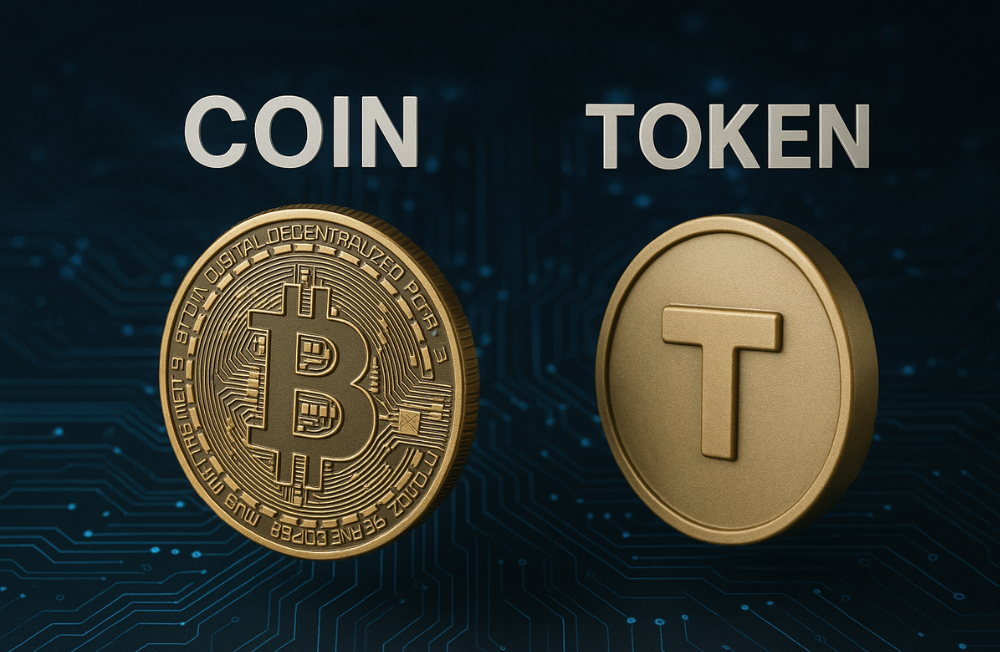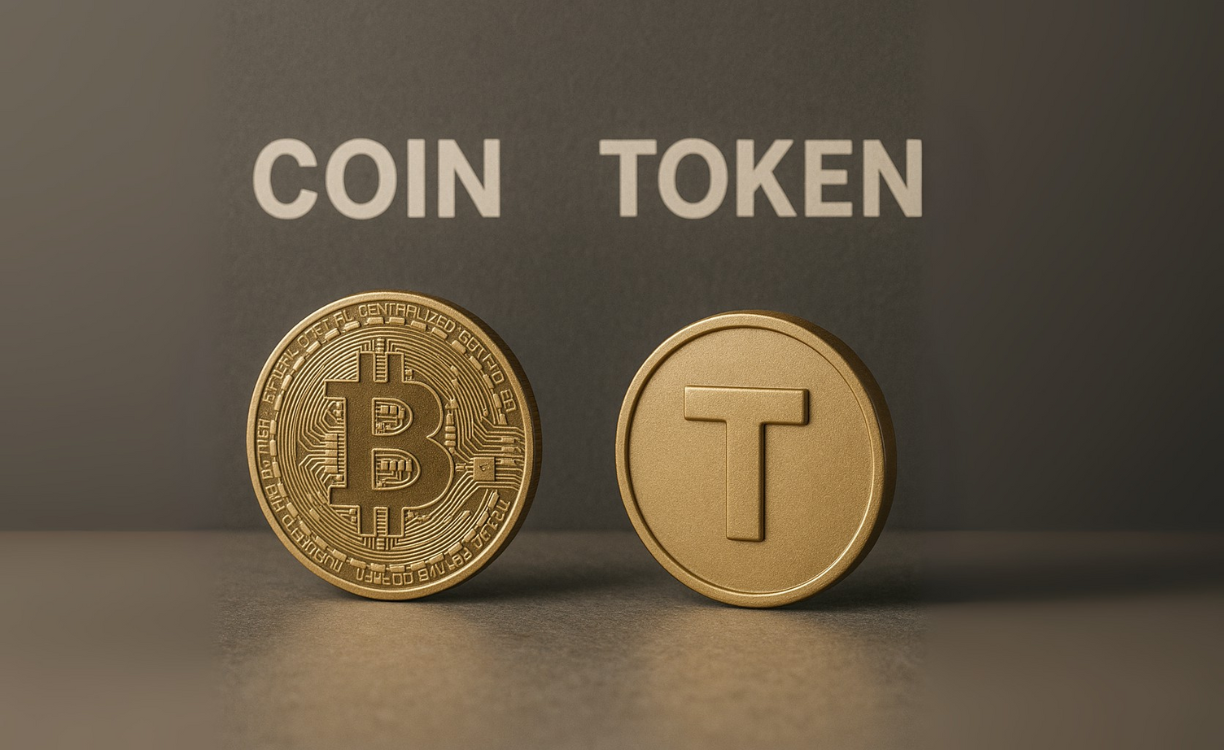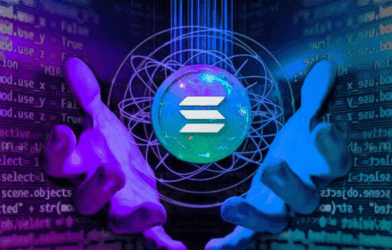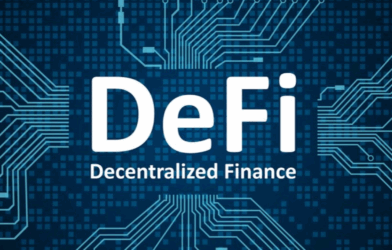Subtotal $0.00
Why Bitcoin and Ethereum are coins, while Shiba Inu or USDT are tokens
One of the earliest confusions for new crypto users is the confusion between coins and tokens. Humans tend to use them interchangeably, but in blockchain, they hold very distinct meanings. Knowing this distinction is important to being able to move around the crypto space with ease.
What is a Coin?
A coin is a cryptocurrency that has its own blockchain.
- Bitcoin (BTC) uses the Bitcoin blockchain.
- Ethereum (ETH) operates on the Ethereum blockchain.
- Solana (SOL) operates on the Solana blockchain.
Coins are the native tokens of their blockchains. They are implemented natively into the protocol and typically form the foundation of that ecosystem.
Main applications of coins:
Currency: Similar to Bitcoin, as a medium of exchange and store of value.
Gas Fees: On Ethereum or Solana, transaction fees are paid using their native coin.
Staking/Mining Rewards: Coins decentralize the network using Proof of Work (Bitcoin) or Proof of Stake (Ethereum, Solana).
Governance: Some blockchains enable coin holders to vote on protocol upgrades.
✅ Briefly put: If it’s its own blockchain, it’s a coin.
What is a Token?
A token is a virtual object constructed on another blockchain. Tokens don’t possess their own blockchain—instead, they depend on another network to exist.
As an illustration:
- Shiba Inu (SHIB) is a token built on the Ethereum blockchain.
- USDT (Tether) is a stablecoin issued on Ethereum, Tron, and other blockchains.
- Chainlink (LINK) also exists as a token on Ethereum.
Tokens are developed based on standards such as ERC-20 (fungible tokens) or ERC-721 (NFTs) on the Ethereum platform. They may symbolize anything—currencies, stablecoins, project shares, or even real-world assets.
Principal applications of tokens:
Utility Tokens: Utilized within an app or project (e.g., UNI for Uniswap governance and fees).
Stablecoins: Fiat currency-backed tokens (such as USDT or USDC).
Security Tokens: Stock, bond, or real estate tokens in digital form.
NFTs: Special tokens that depict art, music, or collectibles.
✅ Briefly put: If it exists on a different blockchain, it’s a token.
|
Feature |
Coins (e.g., BTC, ETH) |
Tokens (e.g., SHIB, USDT) |
|
Blockchain |
Has its own blockchain |
Built on existing blockchain |
|
Creation |
Part of the protocol itself |
Created via smart contracts |
|
Primary Use |
Payments, gas fees, securing the network |
Utility, governance, stable value, NFTs |
|
Examples |
Bitcoin, Ethereum, Solana, Litecoin |
Shiba Inu, USDT, Chainlink, Uniswap |
Real-World Analogy
Think of coins as the national currencies of a country—like the US dollar in the United States or the yen in Japan. Each has its own central bank and infrastructure.
Now, think of tokens as gift cards or vouchers that exist within that country’s economy. They’re useful, have value, and can be exchanged, but they’re ultimately built on top of the main currency system.

🔹 Why the Difference Matters
Knowing whether something is a coin or token helps you understand:
- Its role in the ecosystem – Is it securing a blockchain, or just supporting a project?
- Its risks and dependencies – Tokens rely on their host blockchain; if Ethereum has issues, Ethereum-based tokens are affected.
- Its long-term value – Coins often form the foundation of crypto infrastructure, while tokens vary widely in purpose and stability.
Final Thoughts
Coins and tokens are both essential to the crypto world, but they play different roles. Coins are the backbone—running on their own blockchains and powering transactions. Tokens are built on top of these blockchains, serving specific purposes from governance to stable value.
So, the next time you hear about Bitcoin, Ethereum, Shiba Inu, or USDT, you’ll know: Bitcoin and Ethereum are coins because they power their own networks, while Shiba Inu and USDT are tokens that exist thanks to those networks.











Tnews
Whether it\'s breaking news, expert opinions, or inspiring athlete profiles, your blog delivers a winning combination of excitement and information that keeps.